The Best Ribeye Cast Iron Skillet Steak (with video)
This post may contain affiliate links. We participate in the Amazon Services LLC Associates Program, an affiliate advertising program designed to provide a means for us to earn fees by linking to Amazon.com and affiliated sites at no extra cost to you.
If you’ve ever wondered how to cook a steak in a cast iron skillet, I’ve got you covered. With this easy recipe, you can forget the expensive restaurants and pull out all the stops for a romantic evening at home. Seared steak poached with butter, seasoned with garlic and herbs; the only thing to make this better is being done in 25 minutes start to finish.
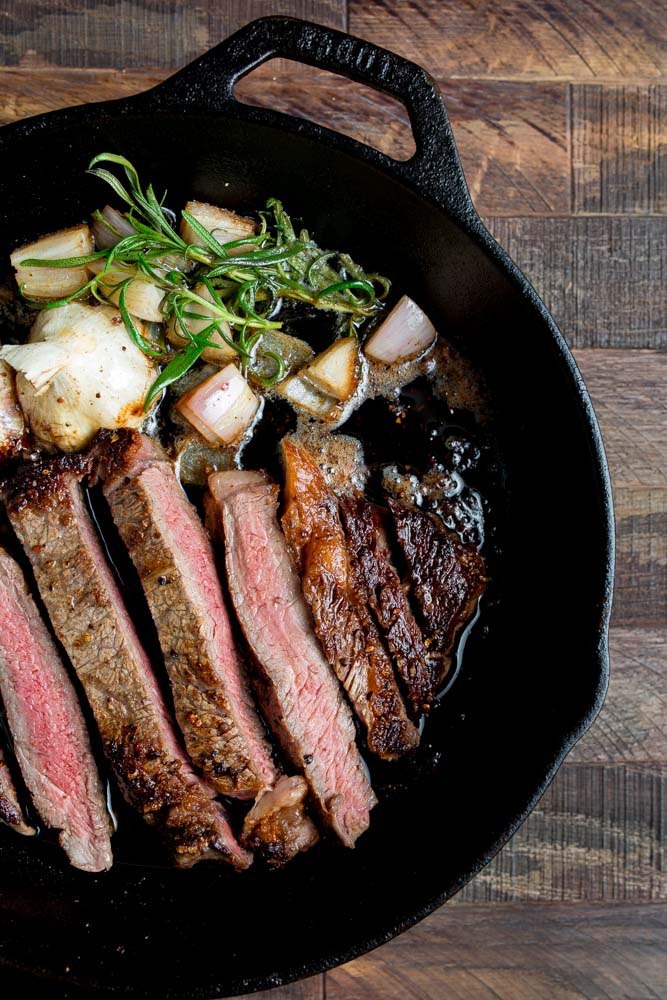
Pan Seared Ribeye
Pan-seared ribeye is a recipe you’ll fall in love with. An incredibly decadent and lovely end result that should take you hours to do, yet only requires 10 minutes of prep and cooking. In the post below you’ll find all the tips and tricks to make sure your steak is seared to perfection, full of flavor, moist, and tender. Then, watch the video as I invite you into my kitchen to cook this along with me.
What cut of beef is best for a steak?
Each cut of beef lends itself well to different styles of cooking and recipes. For the best steakhouse steak to wow your partner with, a T-bone, ribeye, or filet are the cuts you want to seek out from your local butcher.

What to look for in a steak?
Ideally, you want your steak to be an inch and a half thick with a generous amount of marbling. Marbling is exactly what it sounds like. Your steak should be a bright red and pink, broken up by strands of white fat. The white throughout the meat is called marbling. A sign of a fresh, good steak is a bright color, loads of marbling (more common in the ribeye), and fresh in smell. Fresh meat should never have a smell. If it smells like anything, toss it out.
What is an “end cut”?
Stores will often have deals on less desirable cuts of meat or those that are unevenly sliced. An end cut simply equates to more fat. You’ll typically see a large white piece of fat on the outer side of the steak.
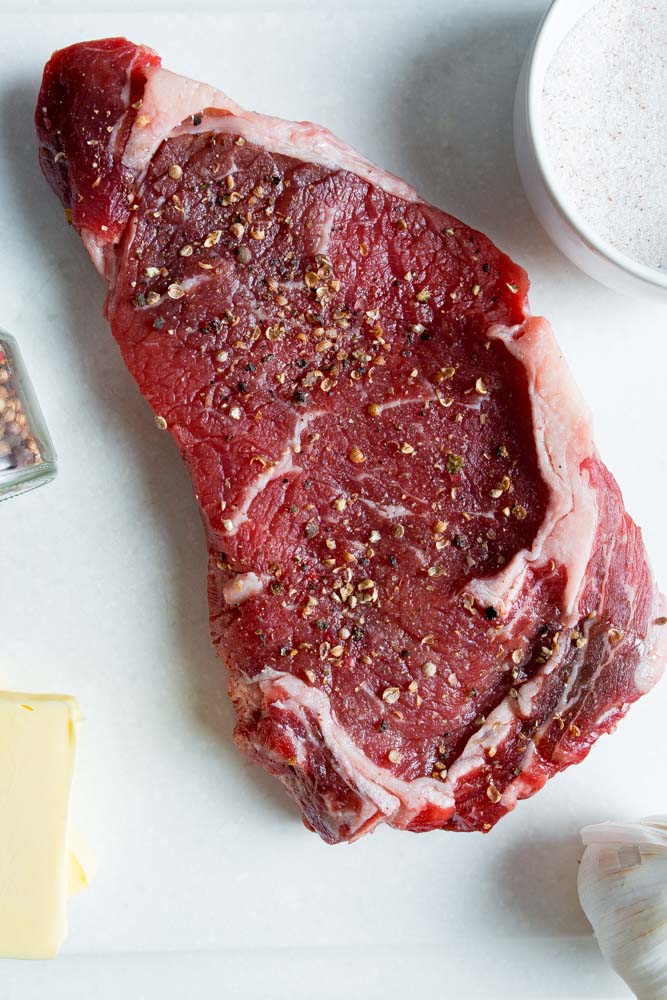
Why is my steak chewy?
Steak can be chewy if it is old, sliced incorrectly, or over cooked.
My skillet is smoking, is that bad?
No, not bad at all! To get a great sear on your steak you want your pan to be “smoking hot.” You don’t want to burn the oil though. This can happen by getting your pan too hot too quickly or using the wrong kind of oil. Pro Tip: Get a dry skillet on the stovetop over medium-high heat to the smoking point first, then coat with oil and lay your seasoned steak into the skillet.

What’s the perfect temperature for searing a steak?
The perfect temperature for cooking a steak is dependent on both the skillet and the steak itself. However, generally speaking you’ll want to aim for 475F. Make sure your steak rests at room temperature 10-20 minutes before cooking. This will ensure that the steak cooks evenly. Otherwise, you risk overcooking the outside and the inside still being cold. The skillet should be hot to the point of just starting to smoke. Wait until the skillet has started to smoke before putting in your oil so it does not burn the oil in the process. By an infrared thermometer, the smoking point of a dry skillet is typically 475F.
What is the purpose of searing a steak?
Searing a steak locks the spices onto your meat, provides texture to the outside and helps to build all-around flavor.
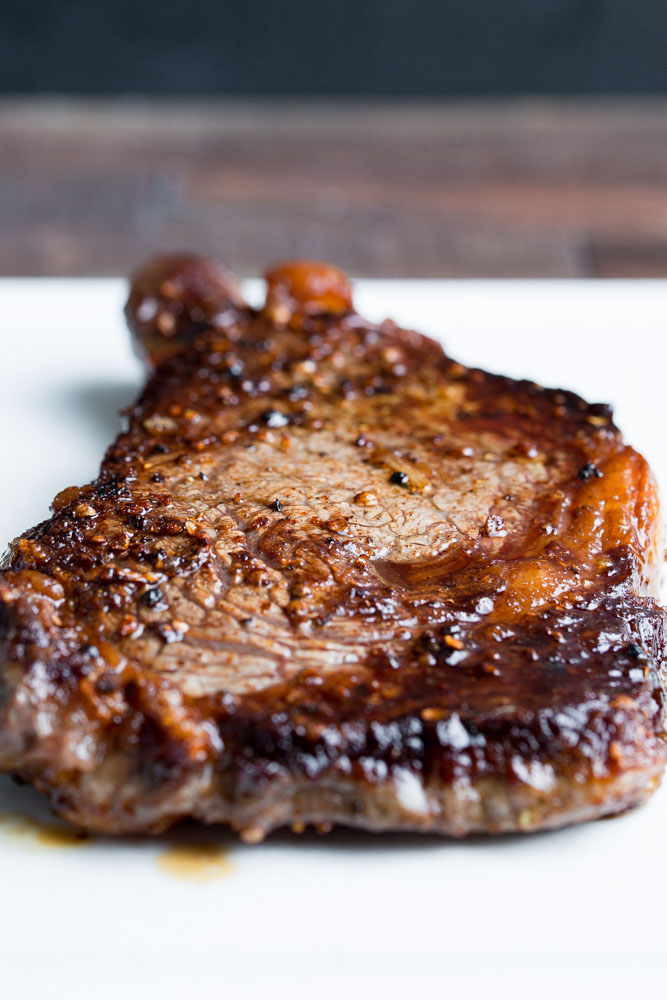
Does searing meat help to lock in the juices?
No, that is actually a myth. Alton Brown did an experiment that proved more liquid was lost during searing versus only oven cooking. And I would trust just about anything he has to say on food.
Why use oil and butter when searing?
One is for color the other is for flavor, both with different smoking points. As mentioned before, all oils have a different smoking point. Each also has a different flavor. When using true, good olive oil, one can even taste a difference between regular olive oil and extra virgin olive oil. For steaks, use traditional olive oil and the highest quality of grass-fed butter you can find.
Tips for the best ribeye steak in a cast iron skillet
- Use fresh steak that has been refrigerated for no longer than two days. The sooner the better.
- Allow the raw steak to come to room temperature on a plate at least 10 minutes before beginning.
- Heavily season your steak with coarse salt and black pepper. A good steak will steal the show and sing on its own and doesn’t need much in the way of accent flavorings. Coarse salt and pepper help to create the crust during searing. Be very liberal and season all sides.
- Coat the pan in olive oil. Be generous.
- Lay the steak away from you gently, so as not to splash yourself with hot oil.
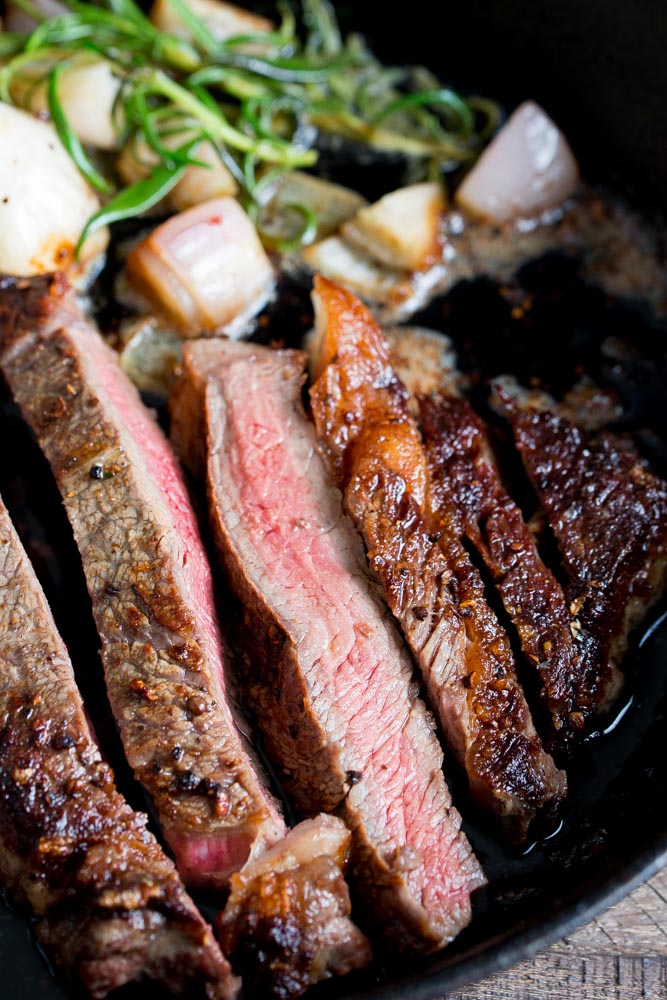
- DO NOT TOUCH IT. Once it is in the skillet, do not keep checking and moving it around, nor messing with the heat. The smoke and sizzle are both normal and good. Let your steak sear on both sides for just 2-3 minutes untouched for rare. There should be a beautiful brown/black crust formed on each side at the end of the searing.
- Baste with butter and herbs. While the seasoning of the steak should be simply salt and butter, fresh herbs and browned butter are the perfect finishing touch for an elegant dinner. Baste with herbs and butter at the last minute of the searing.
- A good ribeye has an edge that is all fat. After searing both sides of the steak, render the fat edge of the steak by holding with a pair of tongs onto your hot skillet for a quick 30 seconds.
- Let the steak rest. When finished cooking, to retain the juices you’ll want to remove the steak from the skillet to a cutting board. Allow the steak to rest, untouched, for 5 minutes.
How to cut a steak
To keep a steak moist and tender, cut the steak at an angle into 1/4 inch to 1/2 inch strips in thickness and always slice against the grain. Cut too thin and it will cool off too quickly, lose juices (aka flavor), and become tough.
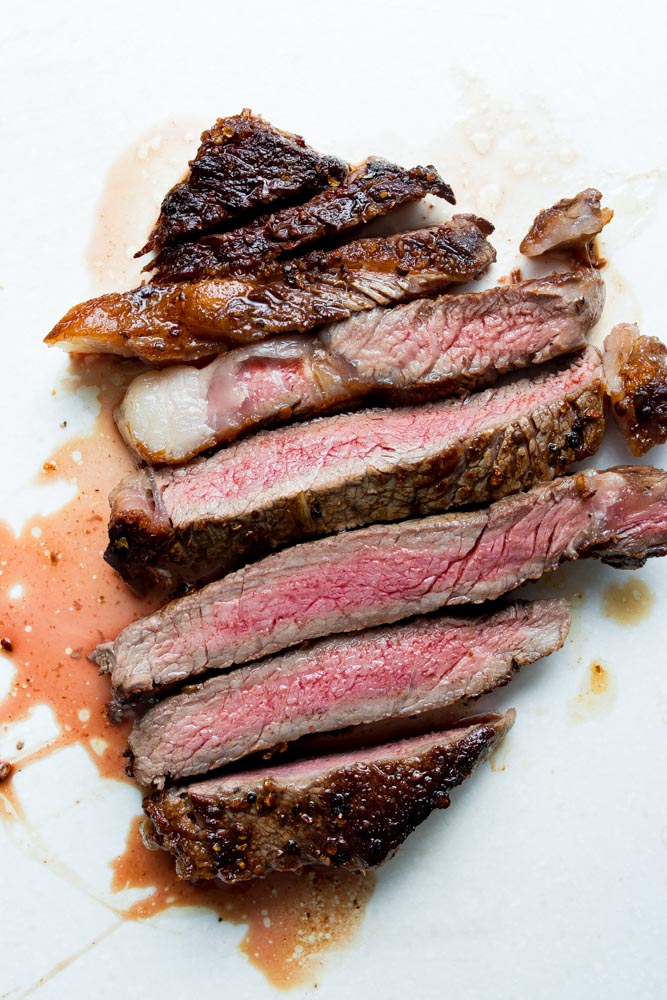
How to baste a steak with butter
After flipping the steak to the second side to sear, add your arowmatics – situating the garlic and rosemary above the steak and furthest away from you in the skillet. Add 4 Tablespoons of butter to the skillet and tilt slightly towards you. Use a spoon to catch the butter that pools at the bottom of the skillet and baste over the herbs and your steak. As the butter cooks in the skillet it will become brown and slightly nutty. This is pure magic.

Internal temperature guide for steaks according to the USDA
- Rare (cool red center) – 125 degrees (not recommended)
- Medium rare (warm red center) – 135 degrees (optimal temperature)
- Medium (warm pink center) – 145 degrees (optimal temperature)
- Medium well (slightly pink center) – 150 degrees (can start to get chewy)
- Well (little or no pink) – 160 degrees (can be tough and dry)
What to serve with steak
You cannot go wrong with steak and potatoes. Balance out this hearty dish with a side salad, some fresh chimichurri sauce, roasted asparagus, or pan-fried brussels sprouts. If you have leftovers, be sure to save it for steak and eggs in the morning.
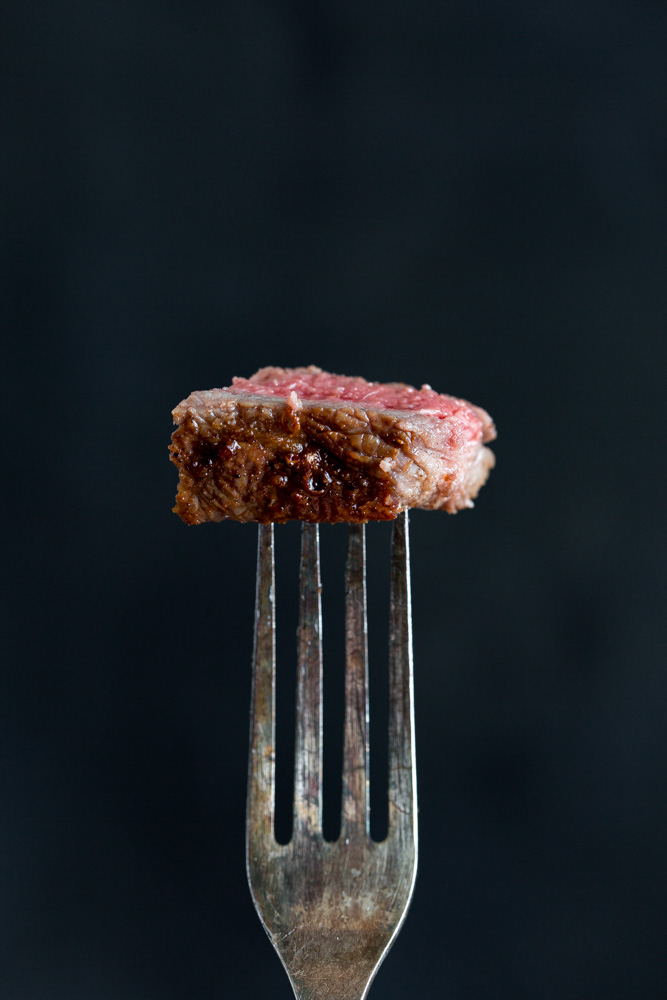
How to pan sear a steak in a cast iron skillet video
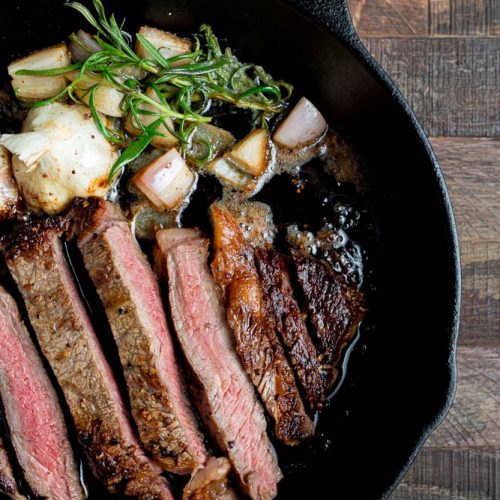

Pan Seared Ribeye Steak
Equipment
- 10-inch skillet
- Cutting board
- Knife
Ingredients
- 1 pound ribeye steak
- 4 teaspoons salt pink Himalayan is my favorite
- 1-2 Tablespoons pepper black pepper or peppercorn medley – pepper should be coarse in size
- 2 Tablespoons olive oil
- 1 head of garlic
- 1 shallot
- 2 sprigs of rosemary thyme can be used instead or in addition to the rosemary
- 4 Tablespoons butter grass-fed
Instructions
- Remove your steaks from their packaging. Using a paper towel, dry your steaks on all sides. Allow them to come to room temperature. This will take anywhere between 10-20 minutes. After 10 minutes, salt and pepper your steaks generously on all sides. While waiting, prep your aromatics.
- Remove the skin from on shallot and roughly chop into large pieces. Cut an entire head of garlic in half horizontally.
- Preheat your dry skillet over medium heat until it starts to smoke. This will take about 3 minutes. Skillet should come to 475F.
- Pour in the olive oil. It will be shiny against the hot skillet. Gently lay your steak in the pan away from you. It will continue to smoke and sizzle. Allow to cook for 2 minutes.
- Using tongs, flip the steak onto the other side. Cook for another 1-2 minutes. During this second flip, add the shallot, garlic, rosemary, and butter to the skillet. Render the fat on the edge of the steak.
- As the butter melts, tip the skillet towards you. Using a spoon, gather the brown butter continuously and baste the aromatics and steak.
- Remove from the skillet and set on a cutting board. Allow to rest 5 minutes before cutting. While resting pour one more spoonful of browned butter over the steak. Once ready, cut into 1/4 inch – 1/2 inch strips against the grain and at an angle. Serve and enjoy.
Video
Notes
Nutrition
Did You Make This Recipe?
Share it with me on Instagram @castironrecipesofficial and follow on Youtube @Cast Iron Recipes and Pinterest @castironrecipes for more!

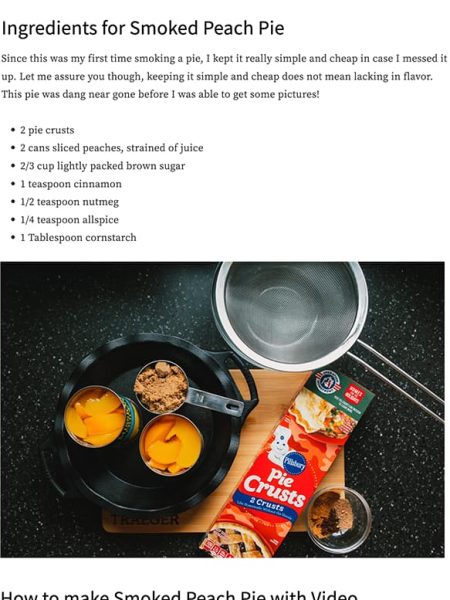
Become A Recipe Insider!
Subscribe to the newsletter for all the latest scratch-made and family-friendly recipes
Leave A Review!
Love this recipe? Make sure to comment below and let me know your thoughts!
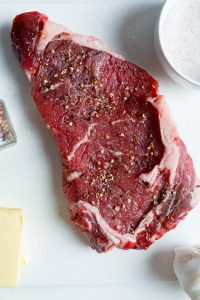

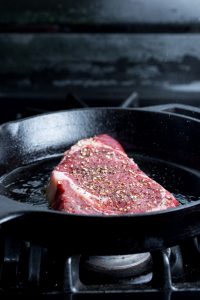
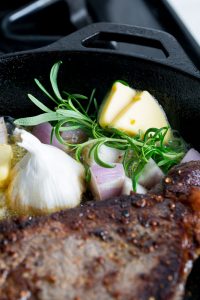
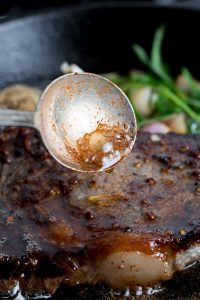

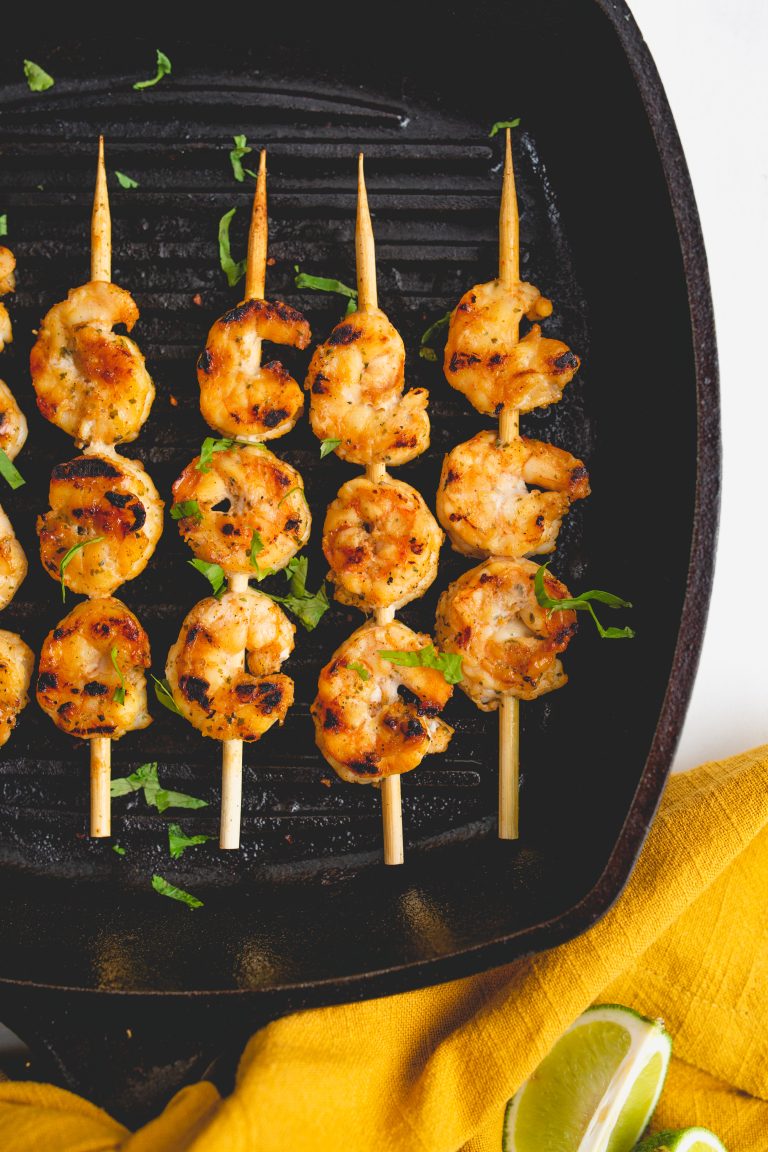
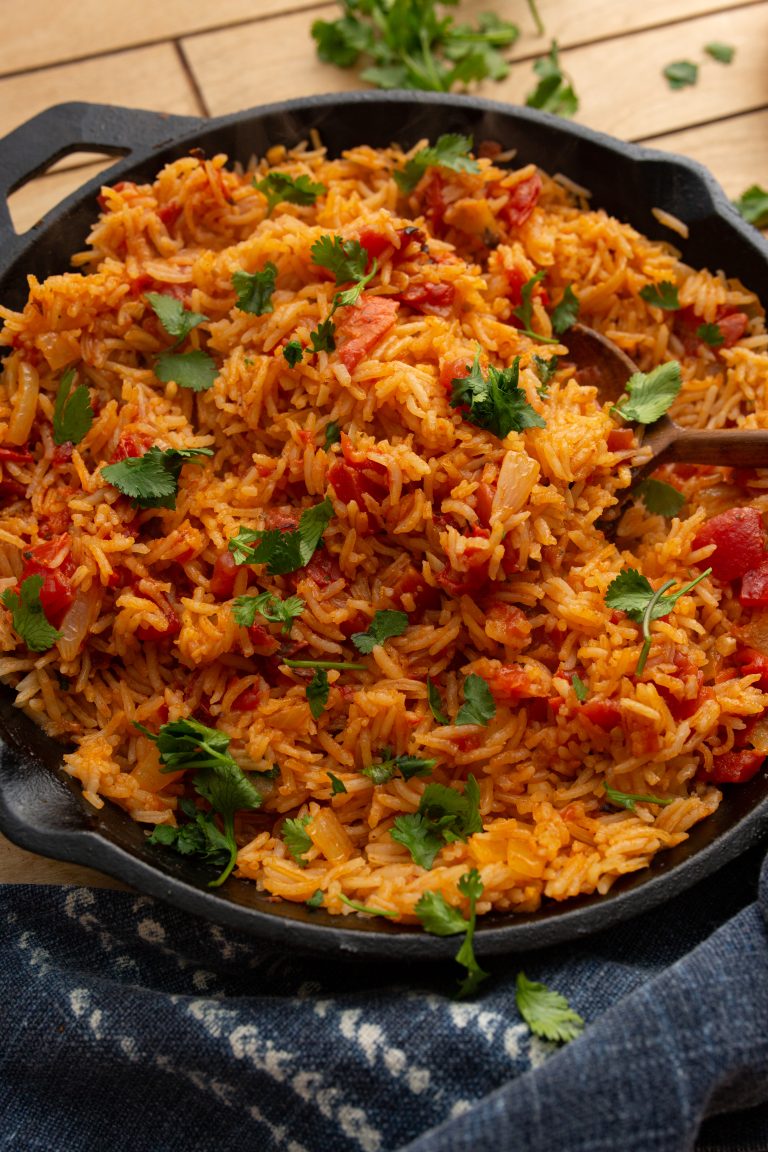
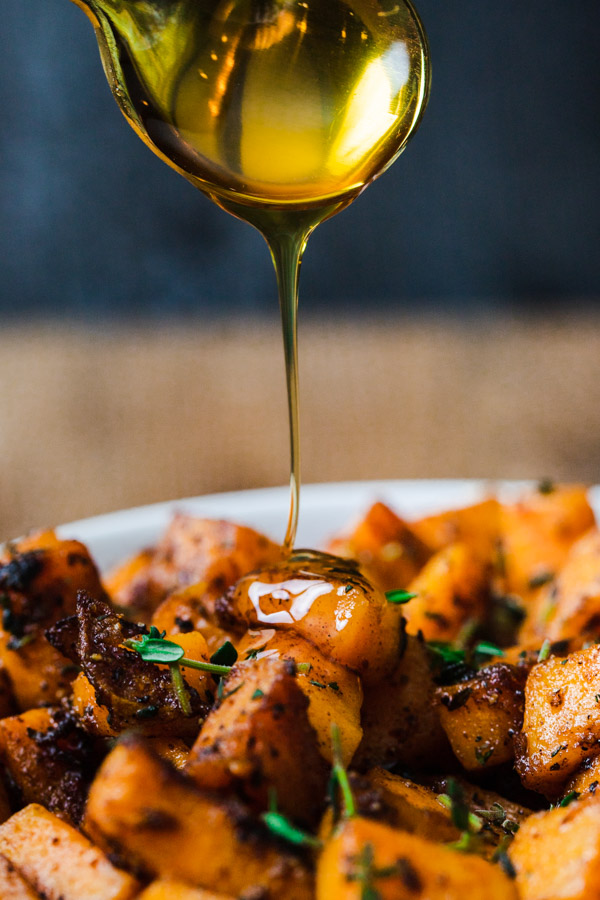

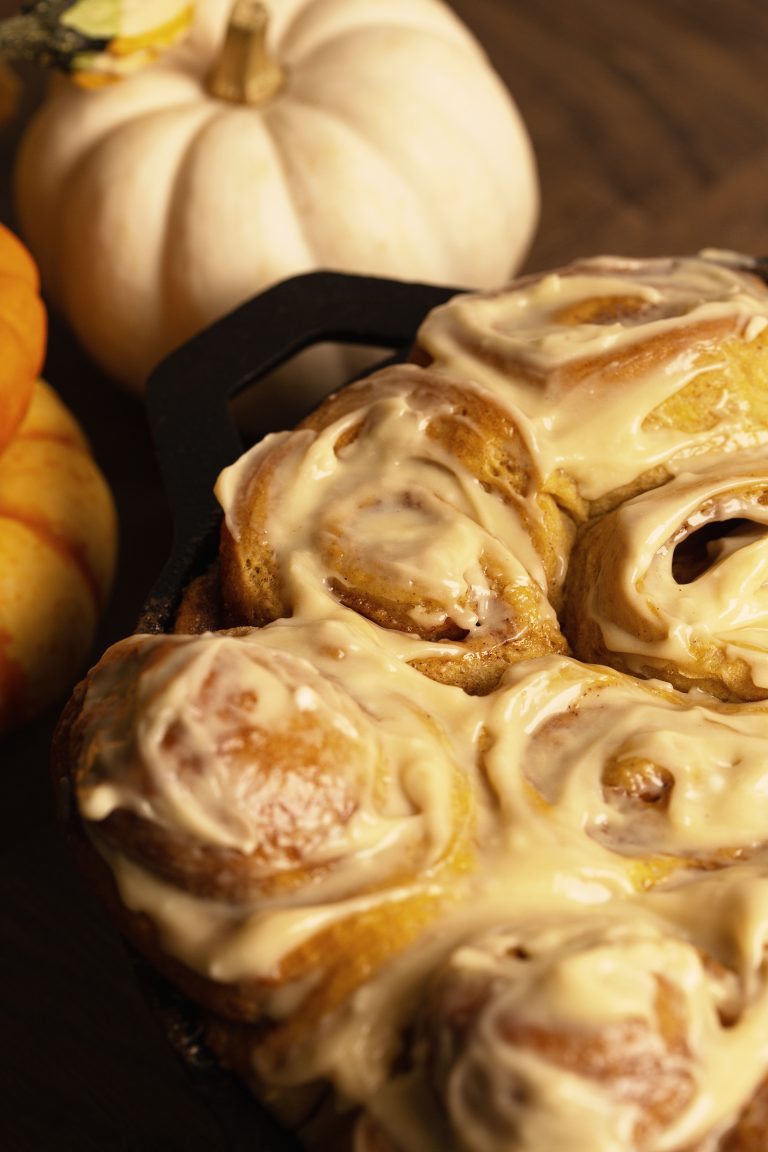



Really appreciate the video and instructions. Now that my wife has Alzheimer’s dementia I am attempting to learn how to cook. Thank you so very much!
Thank you! That is so sweet! Praying for all the best for you both. If you need more help, please don’t hesitate to reach out at [email protected]. Now that I know the videos are a help, I’ll certainly do more.
Very similar to the way I cook a ribeye, but I’ve never tried the shallots and full head of garlic. Going to have to give it a spin.
Ribeye is my favorite steak and this looks like it was done to perfection!
I’ve never used a whole head of garlic in this way, but I know I will be definitely trying this the next time I cook a steak! Thanks for sharing your video
Oh my!!! This turned out so delicious! I will definitely make it this way from now on.
Not a great video.. You should talk much time the steak is cooking on each side.
Hi Chris, so sorry you didn’t find the video helpful. If I’m understanding your comment correctly, you need the cooking time for each side? You will find that in the recipe card that you can print out and have on hand while cooking. It will depend a bit on the thickness of your steak, but about 5 minutes each side for a medium-rare. Happy cooking!
Easy peasy & delicious!!
I used to be afraid of cast iron skillets, mo more! ❤️